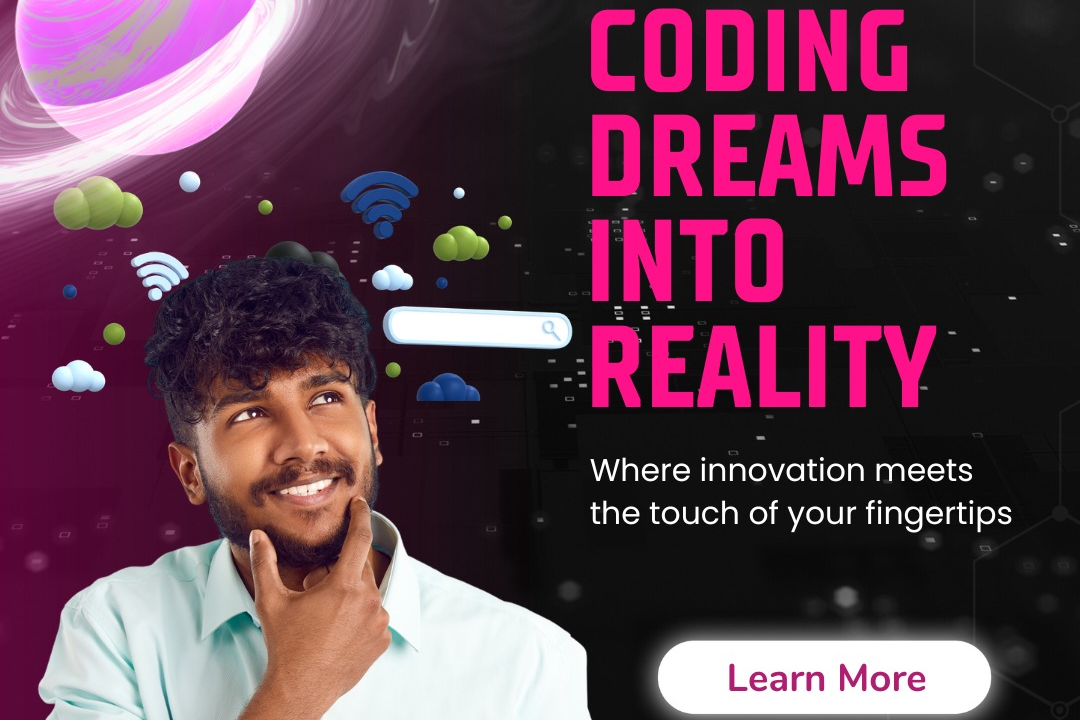Flutter For Telehealth Apps
Optimizing Telehealth Solutions with Flutter
Flutter For Telehealth Apps
Flutter is an open-source UI software development kit created by Google that is particularly well-suited for building cross-platform telehealth applications. With Flutter, developers can create visually appealing, natively compiled applications for mobile, web, and desktop from a single codebase. This saves time and resources while ensuring a consistent user experience across different platforms. Flutter’s rich set of pre-built widgets and its expressive UI capabilities allow for the design of seamless interfaces tailored for telehealth features such as video consultations, appointment scheduling, patient records management, and real-time messaging. Additionally, with the growing focus on security and data privacy in healthcare, Flutter's ability to integrate with various backend services and APIs makes it easier to comply with healthcare regulations while delivering a robust telehealth solution.
To Download Our Brochure: https://www.justacademy.co/download-brochure-for-free
Message us for more information: +91 9987184296
1 - Cross Platform Development: Flutter allows developers to write a single codebase that runs on both iOS and Android platforms, saving time and reducing costs during development.
2) Fast Development Cycle: Flutter's hot reload feature enables developers to see changes in real time, which accelerates the development and testing process, making it ideal for iterative designs often found in telehealth apps.
3) Beautiful UI Widgets: Flutter offers a rich set of pre designed widgets that adhere to Material Design and Cupertino styles, ensuring that telehealth apps have a professional and appealing look and feel.
4) Strong Community Support: Being an open source framework, Flutter has a vibrant community that shares resources, packages, and solutions, which is invaluable for students learning to troubleshoot and innovate.
5) High Performance: Flutter apps are compiled to native ARM code, which offers high performance and a smooth user experience—critical for telehealth applications where responsiveness is key.
6) Integration with APIs: Flutter simplifies the integration of various APIs, such as user authentication, video calling, and health data, which are essential for building robust telehealth functionalities.
7) Customizable and Extensible: Students can learn about creating custom widgets and extending existing ones to meet specific telehealth features, enhancing their understanding of UI/UX design principles.
8) State Management Options: Flutter provides various state management solutions (such as Provider, Riverpod, and BLoC) that can help students learn to manage application state effectively, which is crucial for handling user data in telehealth apps.
9) Accessibility Support: Flutter includes features that support accessibility, ensuring that telehealth apps can be used by everyone, including those with disabilities, which is crucial in healthcare applications.
10) Offline Functionality: Flutter can be used to build apps that can function offline for certain tasks (e.g., filling out forms, accessing cached data), which is beneficial in telehealth scenarios with connectivity issues.
11) Testing and Debugging Tools: Flutter has a rich set of testing features, including unit tests, widget tests, and integration tests, equipping students with the skills to ensure their telehealth applications are reliable and bug free.
12) Gradual Learning Curve: Flutter’s architecture and design principles offer an excellent foundation for students to learn about mobile application development without being overwhelmed by complexity.
13) Scalability: Understand how to build scalable applications that can grow with increasing user loads, which is vital for successful telehealth applications.
14) Security Best Practices: Students can learn about implementing security measures (such as encryption and secure API calls) in Flutter apps, which is crucial for protecting sensitive health data.
15) Real Time Communication Features: Flutter can efficiently integrate real time communication libraries (like WebRTC) for video and voice calls, a core component of telehealth services.
16) Deployment Ease: With Flutter, students can learn about the deployment process for both app stores, making the transition from development to production smoother.
By covering these points in a training program, students will gain a robust understanding of how to leverage Flutter effectively for telehealth app development, preparing them for careers in a rapidly evolving healthcare technology landscape.
Browse our course links : https://www.justacademy.co/all-courses
To Join our FREE DEMO Session: Click Here
Contact Us for more info:
Java Atomic Variables
Java web application frameworks
Android Security
Android Training Prakasam
TestNG Framework











